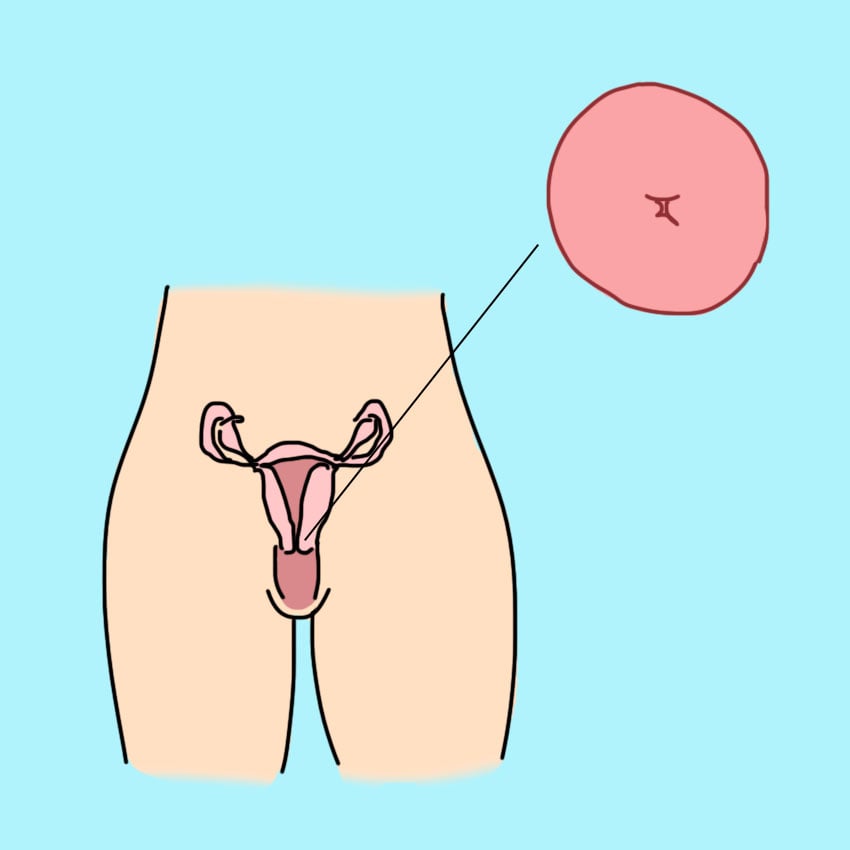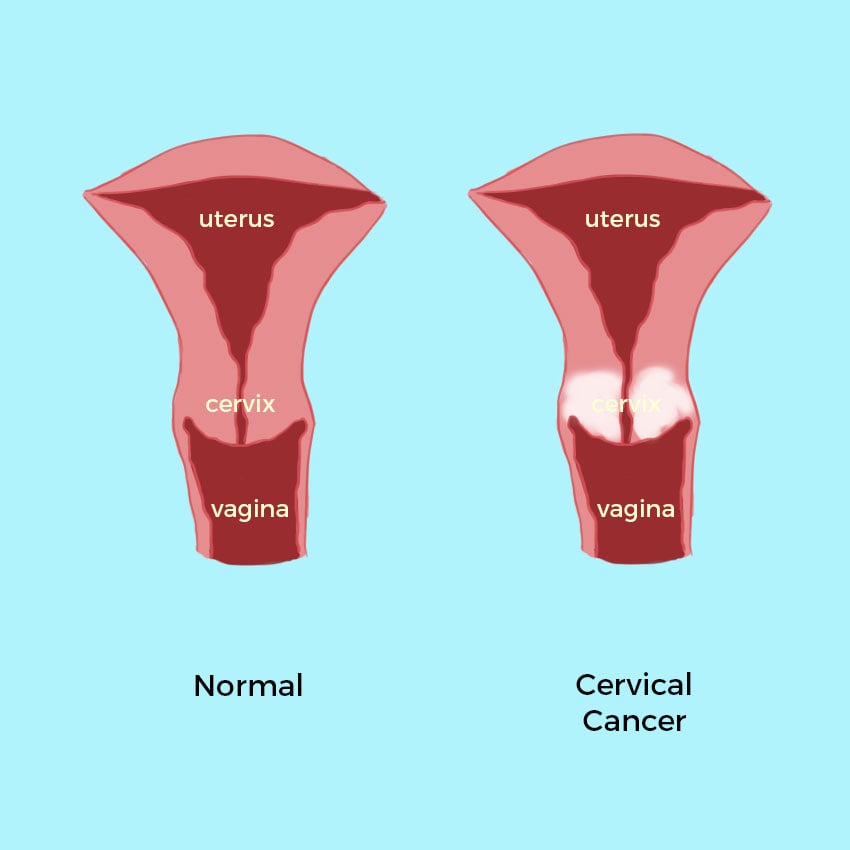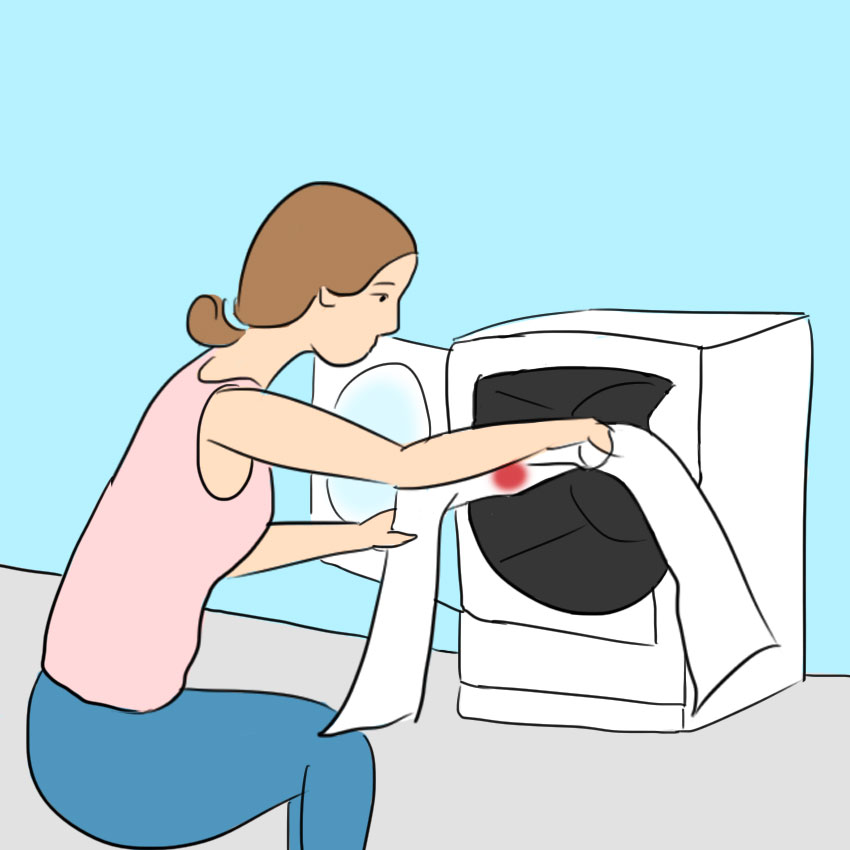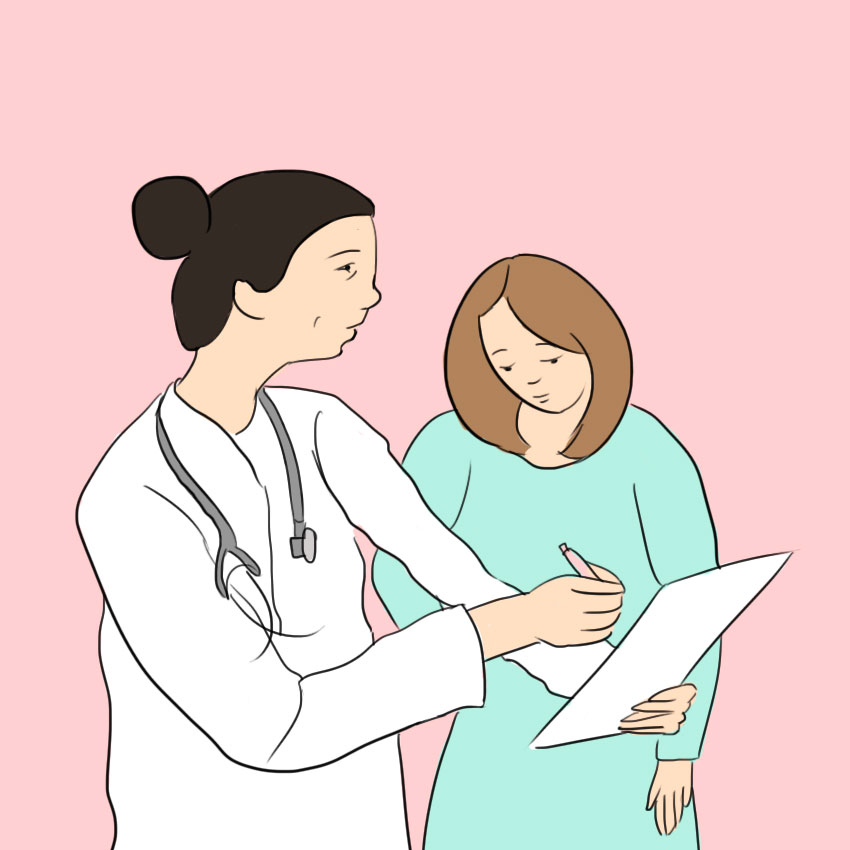
As the fourth most common form of cancer for women worldwide, cervical cancer can also be one of the hardest to diagnose because cervical cancer symptoms can go unnoticed for a long time.
Cervical cancer symptoms can be broad and include things like spotting, abdominal or vaginal discomfort, or discharge, so sometimes, they may be missed or dismissed.
However, cervical cancer can be serious. And just as with breast, prostate, and ovarian cancer, there is a chance of it spreading to other parts of the body.
But fortunately, there are helpful medical systems set in place to monitor the health of the cervix. When identified early, cervical cancer is highly treatable, according to the Cleveland Clinic, so finding cervical cancer symptoms as soon as possible is crucial.
Getting regular Pap smears, getting vaccinated against HPV (if possible), and communicating with your health care providers are all important in the fight against cervical cancer.
Want to learn more about cervical cancer symptoms and how the cervix works in the body? There is a lot to learn when it comes to the cervix, so keep reading for more information about the cervix.
What Is the Cervix?

The cervix plays a very important role in your reproductive system. The cylindrical, donut-shaped orifice connects the uterus and the vagina.
WebMD explains the different portions of the cervix as such: the ectocervix, the round outer tissue that can be seen during a Pap smear; the endocervix, which is its internal canal; and the transformation zone, which is the overlapping border.
The cervix also dilates different amounts to accommodate everything from menstrual flow to babies being born.
What Is Cervical Cancer?

Cervical cancer is most often caused by human papillomavirus or HPV, which is a common sexually transmitted infection. That’s why getting vaccinated against HPV is so important — it’s the only vaccine we currently have that can help ward off cancer.
Cervical cancer begins with precancerous cells that line the uterus. In some people, the precancerous cells may not develop into cancer. But if left untreated, the cancerous cells could spread, creating massive consequences for the reproductive system.
The cancer is categorized based on the types of cells affected as well as where it occurs in the cervix (either the ectocervix, the endocervix, or the transformation zone).
What Are the Symptoms of Cervical Cancer?
Next, let’s take a look at some possible cervical cancer symptoms. Symptoms of cervical cancer can be broad or even absent for some people with cervixes. Remember that one of the most important things you can do is keep getting regular Pap smears.
Symptom #1: Abnormal Vaginal Bleeding

Abnormal vaginal bleeding could be sign of precancerous or cancerous cervical cells because the cervical cells have changed.
You might notice bleeding at random times, spotting in between periods, after vaginal intercourse, or bleeding after a pelvic exam.
That being said, not all kinds of vaginal bleeding mean you have cervical cancer. Talk to your doctor about what you’re experiencing.
Symptom #2: Unusual Vaginal Discharge

Unusual vaginal discharge can also occur with cervical cancer. Some clues might be if the discharge is foul-smelling, or appears colorful or different than usual. Discharge accompanied by low abdominal or vaginal pain is also a red flag.
Since the cervix produces mucus that changes in consistency depending on your hormone levels, cancer cells can cause it to change.
Symptom #3: Pelvic Pain

Pelvic pain can be a sign that there are changes going on internally in your body.
However, pelvic pain can also be a sign for plenty of other ailments, so speaking with a health care provider can help you narrow down the cause.
Symptom #4: Difficult Urination

Difficulty urinating can also mean that an infection or cancer is afoot.
Like pelvic pain, this could be linked to any number of ailments. Once you start feeling uncomfortable, it is important to explore what could be wrong.
Symptom #5: Swelling and Pain in One or Both Legs

Since cervical cancer can spread to other parts of the body in its later stages, it is important to pay attention to other parts of the body, not just the abdomen and genitals.
As a cancerous tumor presses against the pelvic wall, abdominal, back, and even leg pain can occur.
Symptom #6: Unexplained Weight Loss

Unexplained weight loss can be another symptom of cervical cancer in its later stages.
According to Unitypoint.org, our bodies produce small proteins called cytokines to fight off infection.
These proteins also aggressively break down fat, causing a drop in weight. This will happen regardless of whether or not your diet has changed.
Am I At Risk for Cervical Cancer?

Over 13,000 women in the US will be diagnosed with cervical cancer in 2025, and around 4,000 women will die from cervical cancer.
Though it is the fourth-most diagnosed form of cancer for women, it is also one of the most preventable and treatable forms. It forms slowly over time, making it more easily treatable.
Cervical cancer tends to form midlife, with half of women being diagnosed between 35 and 55 years of age.
It rarely affects women below the age of 20, and around 20% of cases are reported in women over 65.
Can I Have Cervical Cancer Without Symptoms?

In many cases, early forms of cervical cancer come with no symptoms.
Precancerous and early cervical cancer will often have no symptoms because the cancer isn’t big enough to cause symptoms.
It’s important to listen to your body and spot symptoms that signal unrest in your reproductive system.
Even if the symptoms mean something else, identifying the signs and talking them over with your doctor could lead to early detection and treatment. It’s also possible the symptoms lead to a different diagnosis.
How Often Should I Get Screened for Cervical Cancer?

Cervical cancer screening guidelines are as follows:
- Begin Pap smears at age 25.
- Pap smears are recommended for people with a cervix every three years, or five years if you are between 30 and 65 years old.
- You should follow all these guidelines even if you have received the HPV vaccination.
Pap testing is the most helpful resource for detecting HPV or cervical cancer.
The frequency of the test allows clinicians to monitor the cervix via a swab test to see if any changes have taken place.
So, when was the last time you or someone you love was examined by the doctor? An annual exam with your gynecologist could make all the difference!




